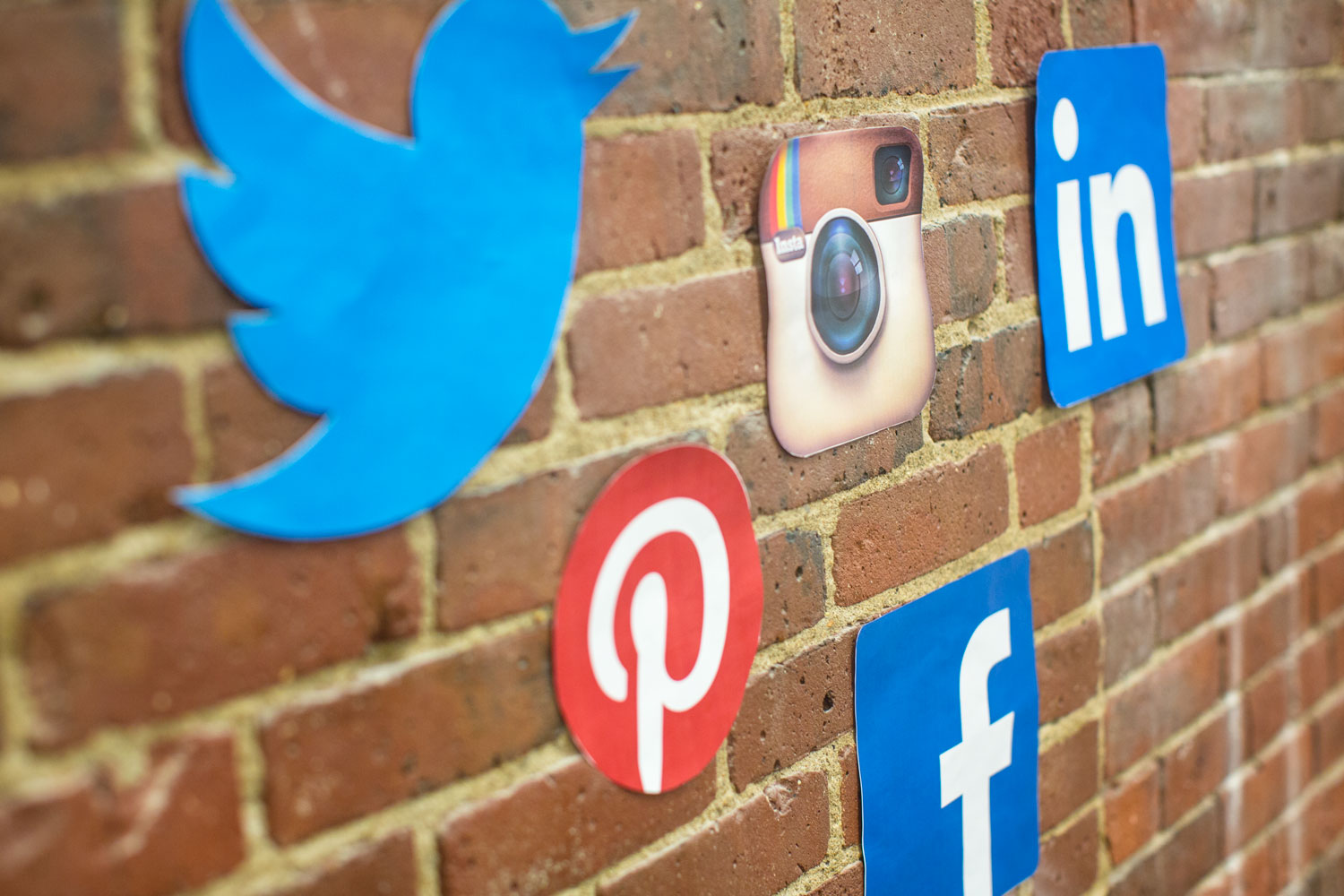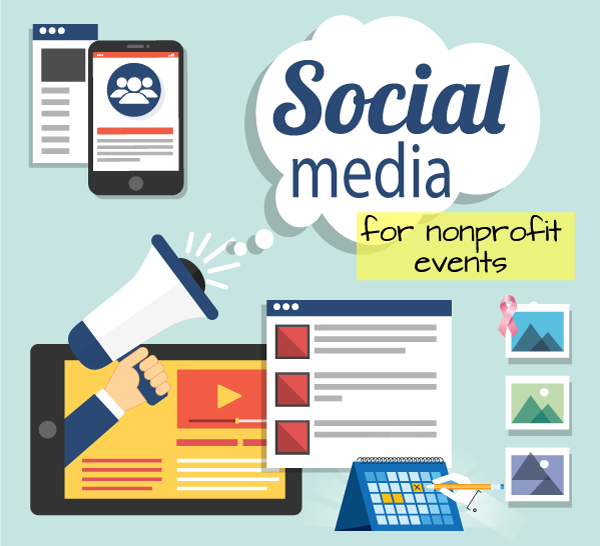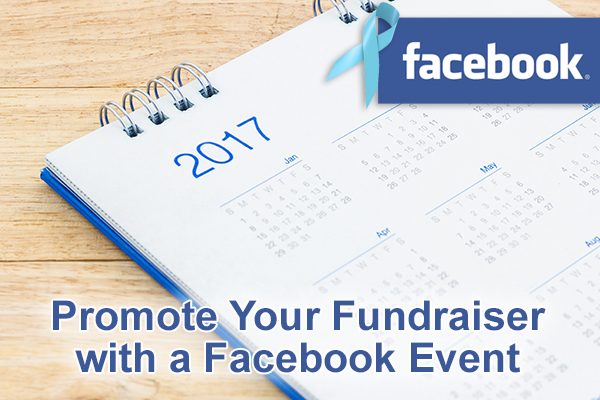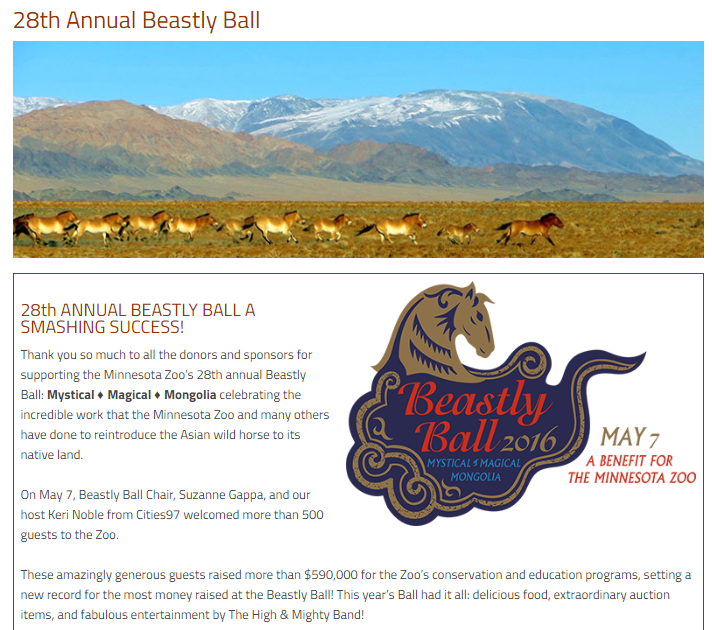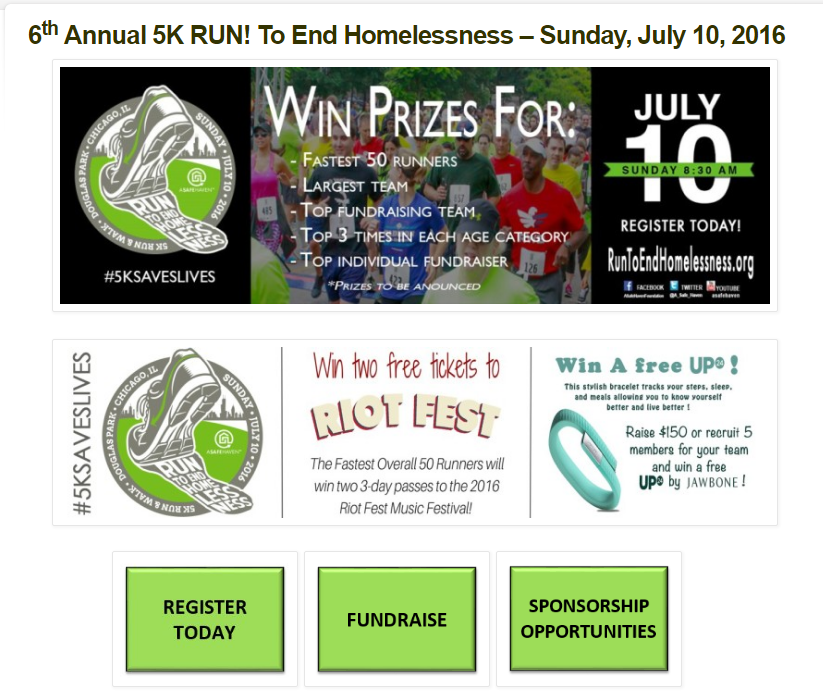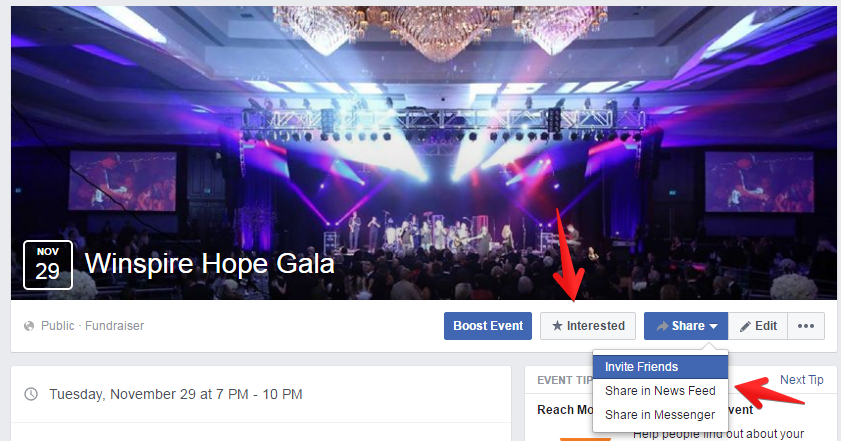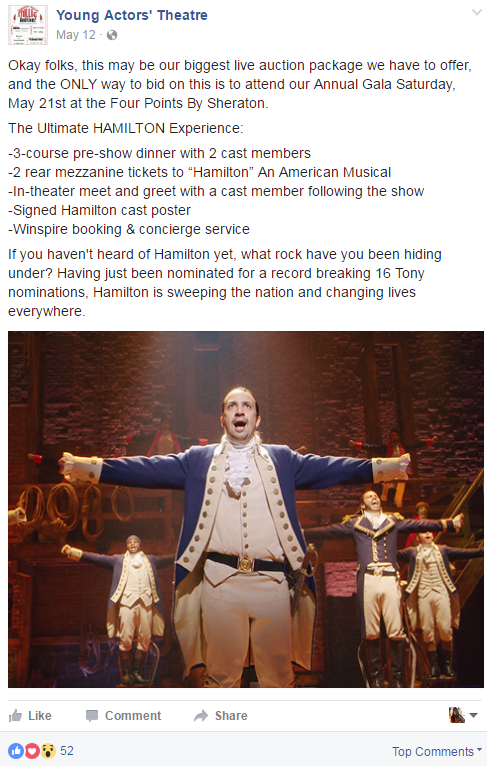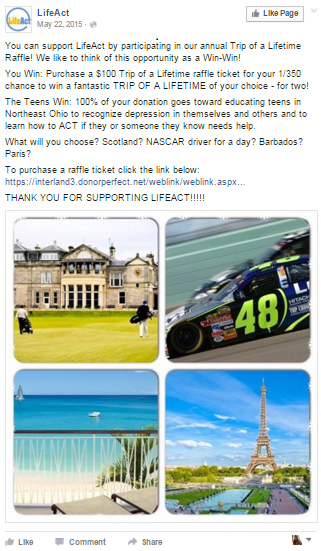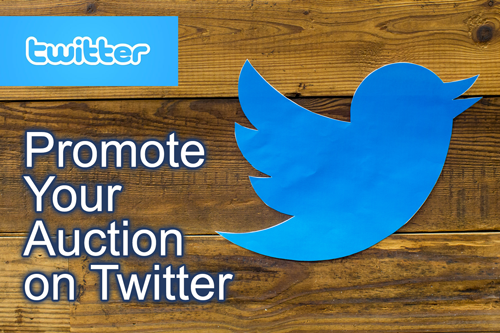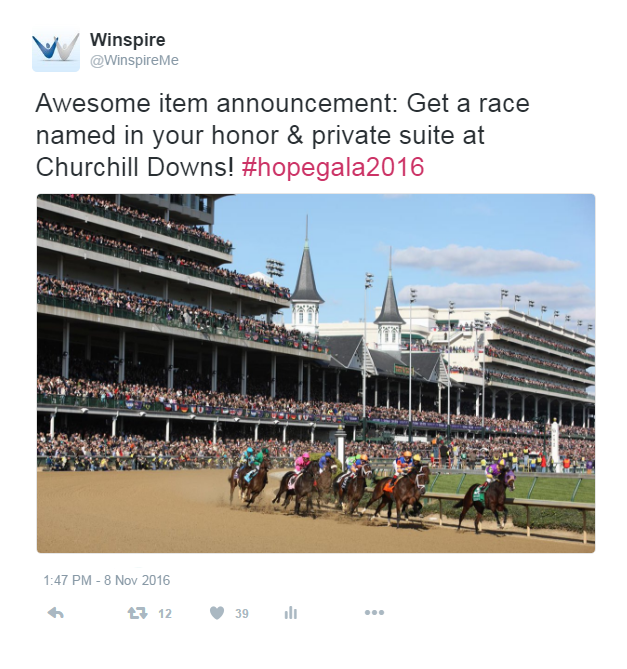Imagine you’re in charge of a store selling luxury goods. The sale is one-night-only, and you only have 3 or 4 hours to sell as much as you can.
Two customers approach.
One is a window shopper that has stumbled upon your storefront. She sees few others actively shopping. The selection seems nice, but she has sticker shock at the premium items.
A second customer enters, store catalog in hand. She’s already seen promotions for some of the best items and has circled a few to check out. She’s brought a friend to compare notes. Best of all, she’s familiar with your brand and what you stand for.
Which customer is more likely to produce a sale?
The same principles apply to your upcoming auction. You’ve spent the better part of a year making sure every detail is just right: stunning venue, engaging program, shelves lined with exciting items.
Strategic promotion of auction items before the event sets your fundraiser up for success. We’ve developed plenty of free resources to make promotion easier, including an eBook on email campaigns and customizable auction catalog templates.
Today we will look at promotion via social media, specifically on the two most popular social platforms today: Facebook and Twitter.
As social media changes the marketing landscape, read on for the best practices and trends to expand your reach, sell more tickets and capture higher bids.
Pew Research Center reports 79 percent of online American adults use Facebook. The majority of your supporters are almost certainly on Facebook.
What’s more, 76 percent of Facebook users check in every single day! This is a huge opportunity of which most nonprofits aren’t yet taking full advantage.
Here are 5 must-do’s for promoting a fundraising auction and items on Facebook.
1. Create a landing page and Facebook Event.
Before you create an Event on Facebook, you’ll need to set up a branded event landing page. This page is the specific website where you’ll direct people for immediate participation, whether it’s learning more about your event, buying tickets, registering and so forth.
Some nonprofits choose to build an entirely separate website with a distinct URL for the event.
Or you can simply embed a landing page into your existing website, like the Minnesota Zoo Foundation did for the annual Beastly Ball:
A Safe Haven Foundation in Chicago did both: They embedded the event landing page into the organization site, but purchased a simpler URL domain (www.RUNtoEndHomelessness.org) to direct participants.
Once you’ve got your destination landing page set up, it’s time to create the Facebook event. For a step by step guide to making the Facebook event, see below.
{{cta(‘5724da45-484a-4c18-b48d-d58831525835′,’justifycenter’)}}
2. Invite all your followers, then encourage interested attendees to do the same.
The next step is to invite supporters to the Facebook Event. Attendees will get notifications whenever you post an update, plus the ability to participate in discussions.
Include the Event link in your email newsletters, then ask followers, staff and board to mark themselves as “Interested”. Remind guests to invite friends personally as well as share to their entire News Feed.
The nice thing about public events is that anyone can view it, even if they are not signed into Facebook or don’t have an account.
Long-time supporters and new guests alike are interested in fun events like auctions, so this is a prime opportunity to expand your reach.
3. Post updates to your Facebook page and Event regularly
You want to post updates often enough to keep readers engaged, but not so often that they start unliking the page or unfollowing notifications from the event.
Every post must be special, interesting and worth reading. Here’s some simple content ideas that work great as event updates:
- Latest news
- Press releases
- Raffle / ticket giveaways
- Pictures from last year’s event
- Video testimonials
- Interview of a featured speaker
- Interactive questions and polls. Ex: “We’re auctioning off a trip to Bermuda at this year’s Gala. What destinations are on YOUR bucket list?”
- Highlights from the auction catalog (see next section).
Keep things interactive and reply to comments you receive.
The more invitees are engaged in the virtual event, the more you can foster a sense of community and ownership before the actual event. Plus, each new interaction brings up notifications and appearances on posters’ home feeds—so your efforts here can multiply greatly.
{{cta(‘f926ff52-3582-4ed3-9983-0e61ce963e7a’,’justifycenter’)}}
4. Shine the spotlight on buzzworthy auction items
Big-ticket items with plenty of “WOW!” factor snag higher bids, sell more tickets and rev momentum surrounding your event. They’re also great for generating traction on social media.
Three elements to a successful auction highlight post: illustrative words, striking images and appropriate timing.
WORDS: Use plenty of sensory details to activate readers’ imaginations, and highlight the most unique and exclusive aspects of the item. If you’re auctioning off a 6-night trip to Ireland for example, rather than simply saying “Go to Ireland!”, use phrases like “pre-historic forts, pristine lakes and hidden gems” and “a true bucket-list adventure”.
IMAGES: Pictures say a thousand words, so you’ll want to post some visuals (like a hi-res image or quick video clip) of the auction items. You might create an album with photos of the auction items and descriptions in the captions, like a makeshift catalog.
A note on promoting Winspire packages: We don’t recommend including a direct link to Winspire pages in Facebook posts or Tweets. Instead, download the beautiful hi-res images provided with each package reservation and reupload in separate posts. Accompany those images with vibrant copy. You can lift the wording directly from our package descriptions, or jazz it up to suit your audience.
Check out this real-life example from the Young Actors’ Theatre in San Diego. They leveraged an incredible meet-and-greet package of Broadway’s Hamilton (see: “Ultimate Hamilton Experience“) to generate plenty of pre-event buzz and prime the pump for higher bids.
Here’s another a great example of a Facebook post promoting a “Winner’s Choice” raffle from our friends at LifeAct.
TIMING: Again you don’t want to inundate your Facebook fans with event posts. Once or twice a week is a good rule of thumb for posting, and you can certainly raise the frequency as the event draws near).
5. Pin the post with the most important details to the top.
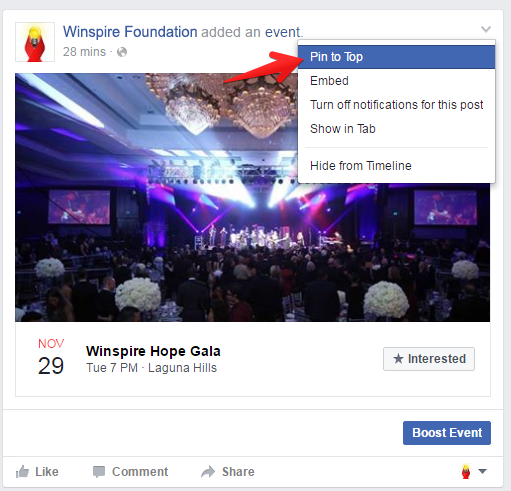
About 1 in 4 online adults are on Twitter. While the concept of writing in 140-character snippets may seem a bit unusual, the format forces you to condense details into bite-sized chunks. Check out 4 easy steps to writing pithy tweets that ultimately drive traffic to your landing page.
1. Create a Twitter account.
This is of course the first step, if you haven’t already established your nonprofit’s Twitter presence.
You’ll want to select a Twitter “handle” (or username), profile image and cover image that reflect the rest of your organization’s graphics and branding. Your Tweets should also be set to “public” so anyone can view the information, whether or not they are following you on Twitter or even have an account.
2. Get concise – channel your inner Hemingway.
It can be tricky to convey an entire idea in one succinct sentence. However, keep in mind you’re able to include links without eating into your character count. So you can write a quick snippet – “New auction item announcement: Trip to Ireland!” – then link to your landing page, online auction, catalog and more. Twitter will automatically shorten the URL.
3. Utilize hashtags.
While Facebook events rely on personalized invitations to gain traction, Twitter hashtags (on public tweets) allow you to reach anyone in the world. Simply put, the hashtag or pound symbol makes any following word or phrase searchable. People can use the Twitter search function to find tweets containing keywords like #charityauctions or #napavalley, for example.
Create a special hashtag for your event, such as #HopeGala2016, and include in all your marketing materials: print flyers, wrist bands, bid cards, the landing page, a photo booth background… anything from your event with high amounts of visibility. Then encourage attendees to use the hashtag when posting pics before and during your event.
4. Attach photos and videos.
Just like a Facebook post, visual content is king on Twitter.
This is how a text-only Tweet appears in people’s feeds:
This otherwise exciting, premium item (the Churchill Downs VIP Experience) looks kind of bare, right?
Now add a picture and suddenly you’re transported right into the action:
Again we don’t recommend including a link directly to our Winspire packages. Instead, download one of the beautiful hi-res images that comes with each package reservation, then attach to your tweet.
An effective advertisement combines both text and visuals to make a bold and memorable statement.
Finally, a huge advantage to virtually all social media networks is that posts are mobile responsive. Studies show 80 percent of social media time is now spent on mobile devices. So if you upload or post from a computer, rest assured your text and photos on Facebook and Twitter will automatically resize and look great to donors on mobile.
We hope this post has given you concrete examples for promoting your auction items on the two biggest social outlets today. In upcoming posts we’ll look at utilizing the other big networks, including LinkedIn, Pinterest and Instagram.
Your turn: How has social media changed the way you promote your fundraising events? What kind of response have you gotten to Facebook or Twitter posts promoting the auction? What is keeping you from taking event promotion to social networks? Let us know in the comments below!
And if you liked what you read today, join us on Facebook by clicking Like Page below! We have plenty of Facebook exclusive giveaways and resources for nonprofit professionals and volunteers ahead.
